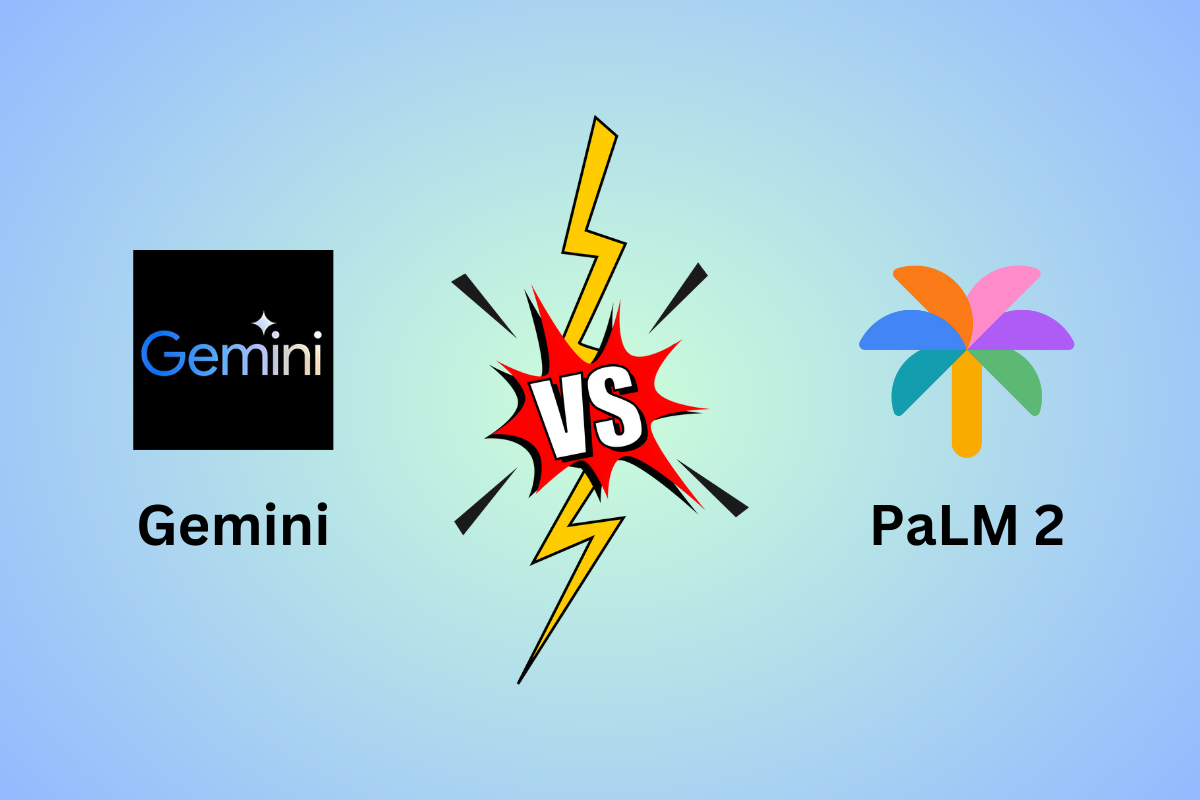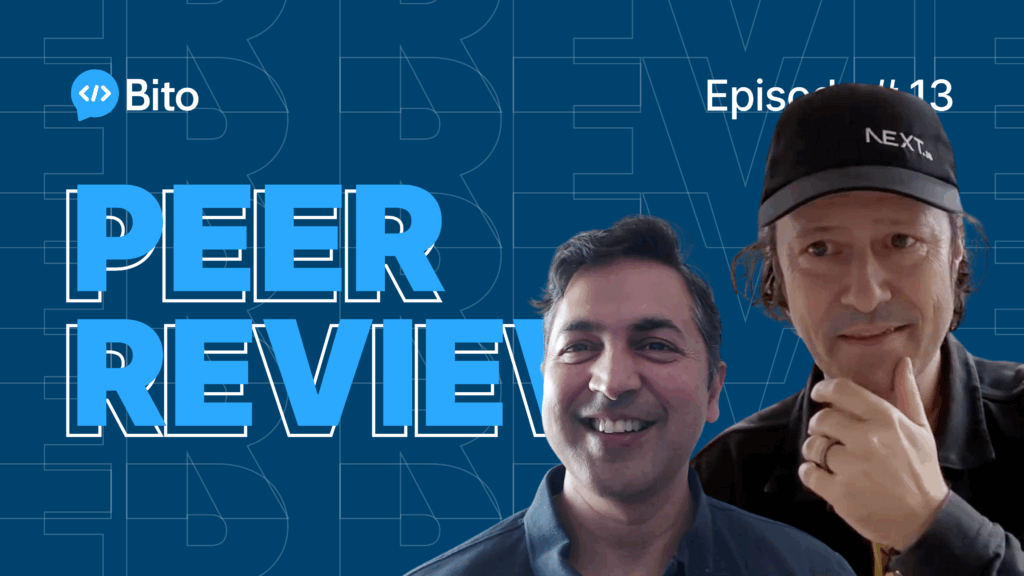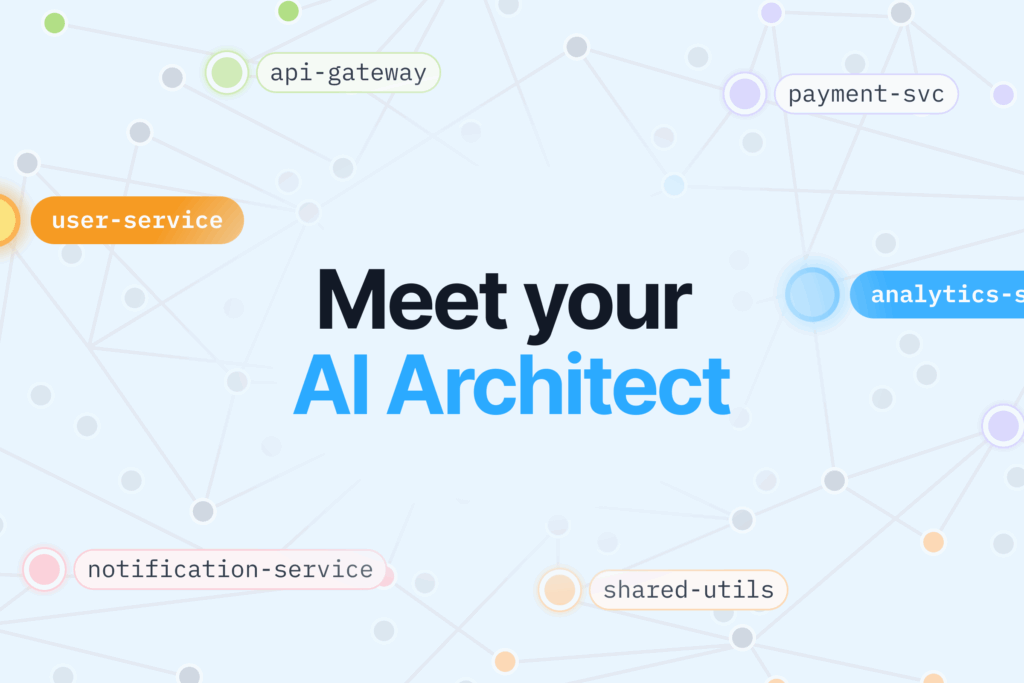The race to develop the most powerful artificial intelligence has entered a new phase with the arrival of two highly advanced language models from Google – PaLM 2 and Gemini. These new entrants bring unprecedented capabilities in understanding and generating human language, sparking intense interest in how they compare. This article analyzes the strengths and limitations of PaLM 2 versus Gemini across key criteria, assessing which model currently leads the pack.
Introduction: Google’s Twin AI Marvels
In 2022 and early 2023, Google unveiled two groundbreaking large language models (LLMs) that represent the cutting edge of artificial intelligence – PaLM 2 and Gemini. Both models demonstrate immense proficiency in textual and linguistic tasks, but take different approaches.
PaLM 2, announced in May 2022, is the latest iteration of Google’s text-based LLM architecture. It builds on the previous PaLM model but has been trained on vastly more data, allowing it to reach new heights in processing written language. Meanwhile, Gemini, first revealed in December 2022, is Google’s inaugural multimodal LLM, able to understand and generate text, images, audio, video and other modes of data.
These sophisticated models promise to revolutionize how humans interact with AI. But with two incredibly capable options now available, the key question becomes: which model is superior overall? This article conducts a comprehensive comparison of the strengths and weaknesses of PaLM 2 versus Gemini across several important dimensions.
Background on PaLM 2 and Gemini
Before diving into the models’ capabilities, it’s helpful to understand what exactly PaLM 2 and Gemini are and how they differ at a high level.
What is PaLM 2?
PaLM 2 represents the latest evolution in Google’s series of text-based large language models. First announced in May 2022, PaLM 2 builds on the previous PaLM architecture but has been trained on a significantly larger dataset of text and code.
According to Google’s research paper, PaLM 2 was trained on Pathways, a dataset consisting of approximately 1.56 trillion words and 250 billion parameters. This gargantuan training corpus allows PaLM 2 to achieve unprecedented fluency with written human language and programming code across more than 100 languages.
During testing, PaLM 2 demonstrated an impressive ability to perform complex linguistic tasks like summarization, translation, essay writing, and question answering with very high accuracy. However, as a text-only model, PaLM 2 lacks the ability to understand modalities like images and audio.
What is Gemini?
In December 2022, Google unveiled Gemini, their first series of multimodal LLMs able to process and generate across text, images, and other data modes. Gemini represents a significant evolution beyond text-only models like PaLM 2.
Google has released several versions of Gemini tailored for different applications and computational budgets, including:
- Gemini Nano: The smallest Gemini model, optimized to run on smartphones and personal devices.
- Gemini Pro: A mid-sized model for testing and smaller applications.
- Gemini Ultra: The full-scale Gemini model with state-of-the-art performance.
In initial testing, Gemini models have shown impressive performance on multimodal tasks like captioning images and having dialogues about visual content. However, Gemini is still new and its capabilities on core language tasks like PaLM 2 handles remain less proven.
Language and Text Capabilities
One of the primary functions of large language models like PaLM 2 and Gemini is understanding and generating human text. Comparing their text abilities provides essential insight into their overall prowess.
Text Understanding
Both PaLM 2 and Gemini exhibit remarkable skill in analyzing written language. However, testing shows some advantages for each:
- Ambiguous text: Gemini has an edge interpreting text with uncertainty or multiple meanings. Its multimodal knowledge helps disambiguate meaning.
- Translation: PaLM 2 is superior at translating text between languages. It knows over 100 languages, while Gemini currently supports fewer.
- Complex tasks: PaLM 2 edges Gemini at advanced tasks like summarization and question answering in languages it knows well.
Overall, PaLM 2’s specialization on diverse textual data gives it an advantage in text understanding – but Gemini shows promise, especially with ambiguous language.
Text Generation
Generating coherent, accurate text is another key benchmark for LLMs. Again, each model has strengths:
- Long-form text: PaLM 2 produces more polished, focused long-form text like essays or stories.
- Creative writing: Gemini shows more flair for creative writing like poems, lyrics or dialogues. But it sometimes produces inconsistent output.
- Factual accuracy: PaLM 2’s text more accurately reflects factual knowledge. Gemini is more prone to hallucinating false information.
- Grammatical correctness: Both models have excellent grammatical skills, with PaLM 2 writing marginally more polished text.
For both understanding and generation, PaLM 2 appears to have a current edge in core textual tasks over Gemini. But Gemini shows promise, especially in creative applications.
Data Modalities
A key distinction between PaLM 2 and Gemini is their handling of data modalities beyond text. This impacts their reasoning capabilities.
Multimodal Abilities
By design, Gemini can process and generate across images, audio, video, and other modes. This gives it a major advantage over text-only PaLM 2 in multimodal contexts.
Some of Gemini’s multimodal capabilities include:
- Captioning images
- Answering questions about photos
- Describing videos
- Discussing multimedia content
PaLM 2 cannot match this versatility. It is limited to text-in, text-out workflows.
Real World Knowledge
Gemini’s cross-modal training helps it develop a richer understanding of real world connections and context. For example, it learns that photos of cats are related to the word “cat.”
This allows Gemini to apply knowledge more flexibly across modalities. PaLM 2’s reasoning is limited to textual knowledge alone.
Reasoning Abilities
By combining information across modes like text, images and audio, Gemini shows stronger logical reasoning and inference skills versus PaLM 2.
For example, Gemini can answer questions about an image’s contents more accurately, by applying contextual clues from both the image itself and any caption text.
Capabilities by Industry
PaLM 2 and Gemini each shine in different real world domains based on their capabilities.
Computer Programming
Of the two models, PaLM 2 has superior skills for assisting with computer programming tasks. This includes:
- Writing code in multiple languages like Python, Javascript, SQL, etc.
- Fixing bugs and errors in code
- Generating code based on descriptions of desired functionality
PaLM 2’s extensive training on code likely explains its advantage here. Gemini has not yet demonstrated the same advanced code generation abilities.
Research and Academia
For assisting with research and academic writing, PaLM 2 again appears advantageous over Gemini:
- Summarization: PaLM 2 produces excellent summaries and abstracts of long-form content.
- Literature reviews: It can rapidly synthesize knowledge from multiple papers or articles.
- Writing papers: PaLM 2 can draft high quality papers if given outlines and directions.
- Citation generation: It suggests appropriate academic citations for statements.
These skills make PaLM 2 a versatile AI assistant for researchers, academics, and students.
Creative Applications
One domain where Gemini’s multimodal design clearly shines is assisting with creative tasks like art, music, and design:
- Generating images from text prompts and descriptions
- Composing music tailored to text captions
- Design ideation by brainstorming visual concepts
- Audio production based on desired tone and content
By leveraging connections between language and other modes like images and sound, Gemini exhibits substantially greater creative potential than the text-bound PaLM 2.
Conclusion: Advantage PaLM 2, But Gemini Shows Promise
The race between Google’s twin AI marvels has only just begun, but early results suggest some advantages for each model. PaLM 2 appears to currently lead Gemini in core language understanding, text generation, and programming capabilities. However, Gemini’s versatility with multimodal data unlocks greater creative potential and more human-like reasoning.
As Google continues rapidly advancing these models, their capabilities will reach astonishing new levels. For now, PaLM 2 holds the edge in key benchmarks of textual proficiency that are vital for real world utility. But the future likely points toward AI systems like Gemini that combine language mastery with multimodal knowledge and reasoning – bringing us closer than ever to artificial general intelligence.






